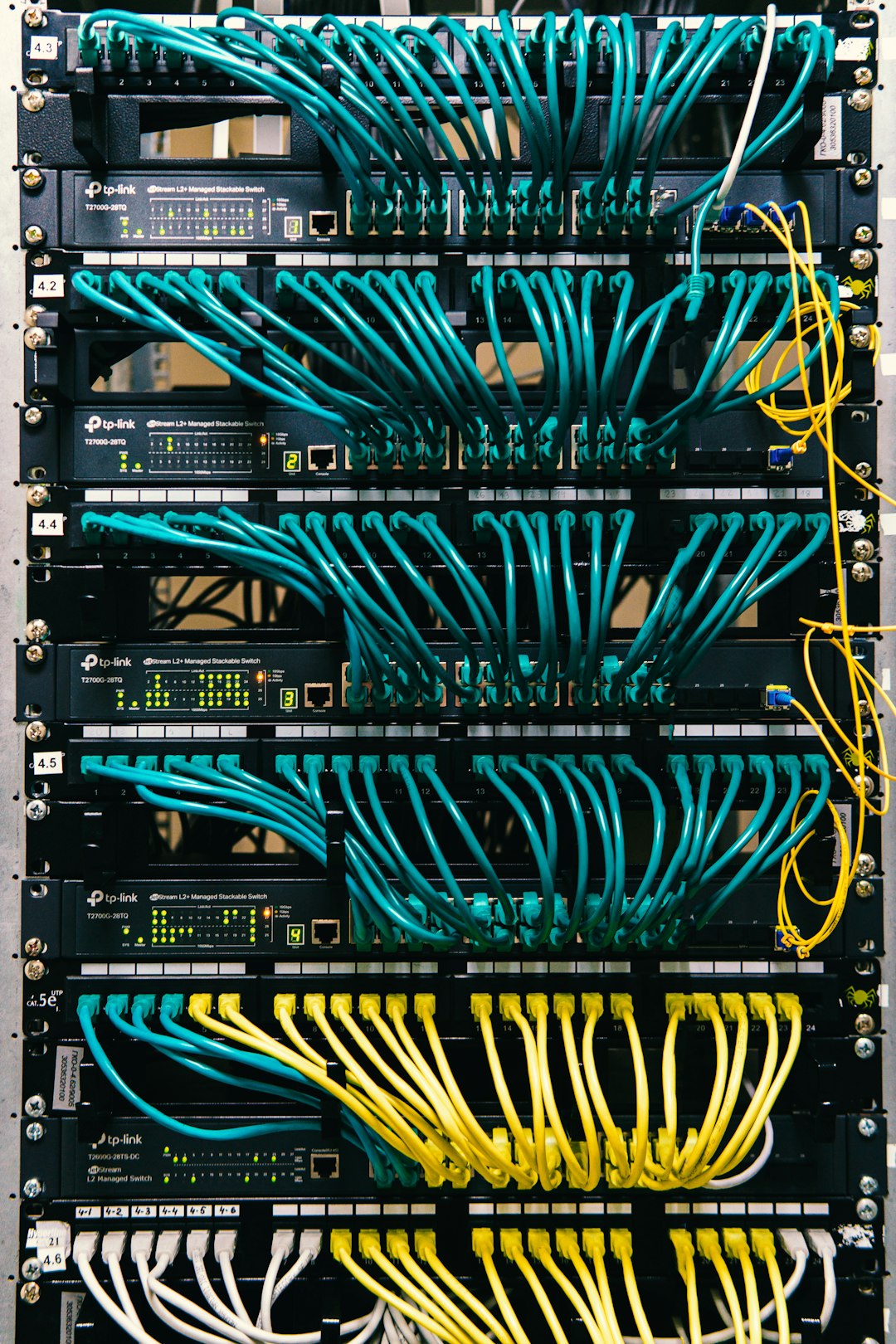In today’s fast-paced digital world, enterprises are increasingly relying on robust IT management solutions to maintain smooth operations, enhance performance, and ensure security. With rapid advancements in technology, 2025 is poised to bring even more sophisticated tools that will transform how organizations manage their IT infrastructure. Whether you’re a CIO, IT manager, or business leader, staying ahead with the right software solutions has never been more critical.
Below, we explore the top 10 IT management software solutions that every enterprise should implement in 2025 to remain competitive, secure, and efficient.
1. ServiceNow ITSM
ServiceNow IT Service Management (ITSM) continues to be the gold standard for IT departments in large enterprises. It offers a wide array of tools for incident management, problem resolution, and change control—all built on a scalable cloud platform.
- Key features: AI-powered workflows, integrated dashboards, and self-service portals.
- Why implement: Helps reduce IT downtime and improve customer satisfaction through automation and data-driven insights.

2. Microsoft System Center
Part of Microsoft’s enterprise suite, System Center offers a unified management experience across on-premises and cloud environments. It is ideal for businesses looking to manage hybrid infrastructures without compromising performance.
- Key features: Virtual machine management, performance monitoring, and desired configuration management.
- Why implement: Seamlessly integrates with Azure, making it a powerful tool for managing digital transformation initiatives.
3. Splunk Enterprise
Splunk is a leader in operational intelligence and machine data analytics. In 2025, its relevance continues to grow as organizations face increasingly complex data environments. Splunk turns large volumes of unstructured data into actionable insights.
- Key features: Real-time monitoring, predictive analytics, and customizable reporting dashboards.
- Why implement: Enhances threat detection, infrastructure monitoring, and decision-making.
4. SolarWinds IT Operations Management
SolarWinds is known for its user-friendly and cost-effective solutions across network, server, and application management. The 2025 editions come with improved AI functionalities and cloud-native modules.
- Key features: Network performance monitors, system configuration tools, and alert-based troubleshooting.
- Why implement: Suitable for enterprises looking for specific, modular IT management tools with easy implementation.
5. ManageEngine OpManager
ManageEngine’s OpManager is gaining traction as a reliable, full-stack network and server monitoring tool. Designed with scalability in mind, it supports large environments with thousands of endpoints.
- Key features: Real-time monitoring, automated workflows, and multi-site support.
- Why implement: Delivers high visibility into network infrastructure and minimizes downtime with robust alerting capabilities.

6. Freshservice by Freshworks
Tailored for modern enterprises, Freshservice is a cloud-based ITSM tool with a clean UI and intelligent automation. It continues to grow in 2025 with enhanced AI, faster deployment cycles, and better integration with collaboration platforms like Slack and Microsoft Teams.
- Key features: Incident management, service catalog creation, asset tracking, and change management.
- Why implement: Perfect for businesses that need a lightweight, yet powerful, centralized service management tool.
7. PagerDuty Incident Response
PagerDuty is transforming how enterprises handle IT incidents and critical events. With real-time response capabilities, it helps teams take immediate action to reduce service degradation and downtime.
- Key features: Real-time alerts, on-call management, and automation of incident workflows.
- Why implement: Especially useful for DevOps and NOC teams that require rapid incident resolution and clear communication.
8. BMC Helix ITSM
BMC Helix brings AI-powered IT service and operations management together. It supports multi-cloud environments and uses cognitive automation to predict issues before they impact the business.
- Key features: AI-augmented service desk, knowledge management, integrated asset management, and proactive service delivery.
- Why implement: Empowers organizations to embrace composable ITSM and deliver smarter IT operations.
9. Datadog
Datadog stands out as an integrated observability platform that combines real-time metrics, logs, and traces from applications and infrastructure. In 2025, it’s expected to incorporate more ML-powered anomaly detection and security analytics.
- Key features: Cloud-native monitoring, custom dashboards, and seamless third-party integrations.
- Why implement: A go-to solution for enterprises shifting towards DevOps and continuous delivery models.
10. Ivanti Neurons for IT
Ivanti’s AI-powered solution, Ivanti Neurons, is setting new benchmarks in proactive and autonomous IT operations. It offers real-time monitoring, self-healing capabilities, and seamless endpoint management.
- Key features: Predictive analytics, automated discovery, remote support, and security compliance enforcement.
- Why implement: Reduces IT workload by automating repetitive tasks and enhancing visibility across digital assets.

Final Thoughts
Implementing the right IT management software can significantly impact your enterprise’s productivity, compliance, and operational resilience. As we move further into an era of digital transformation and intelligent automation, these top 10 tools serve as foundational pillars for success.
Whether your organization is expanding cloud services, nurturing DevOps culture, or strengthening cybersecurity measures, investing in one or more of these solutions can help you meet your strategic goals. In 2025 and beyond, enterprises must not just manage IT—they must optimize and innovate with it.
Stay ahead of the curve—start evaluating your IT management toolkit today and ensure you’re equipped for the challenges of tomorrow.
